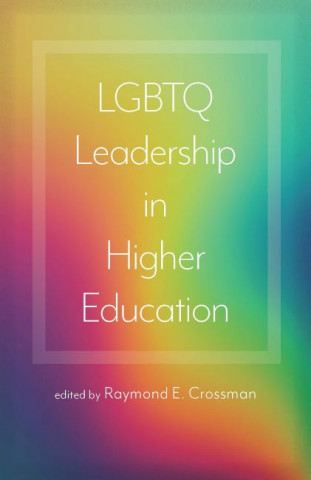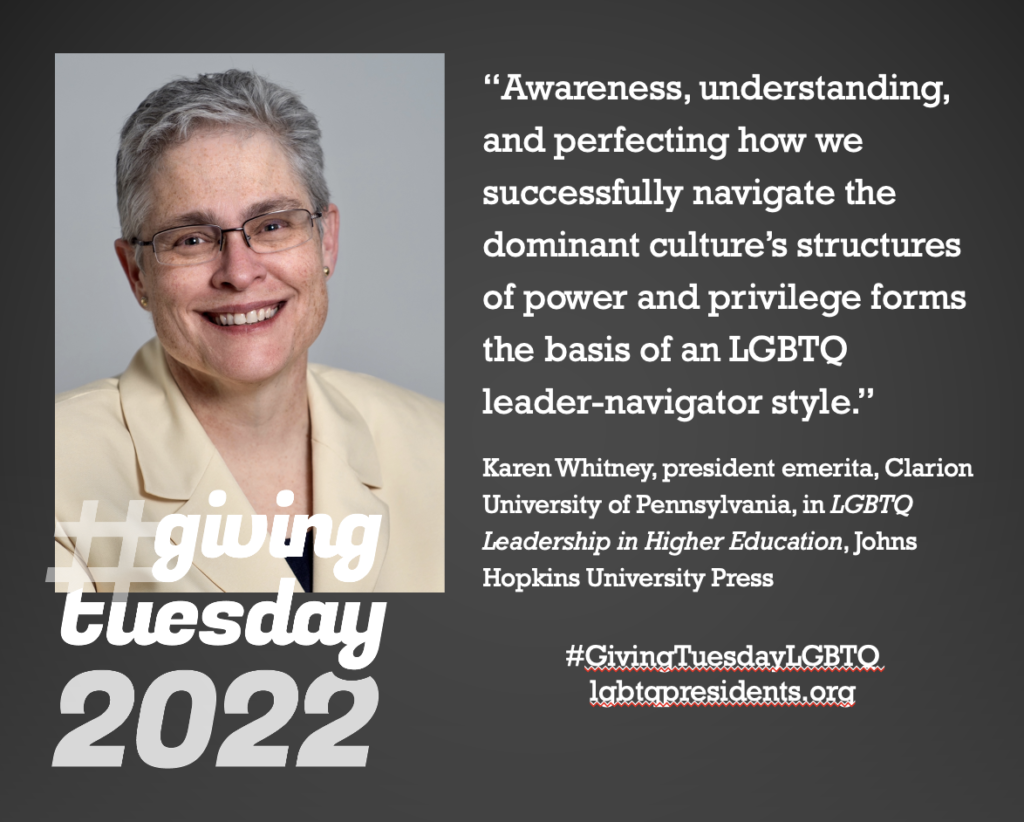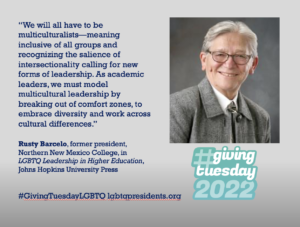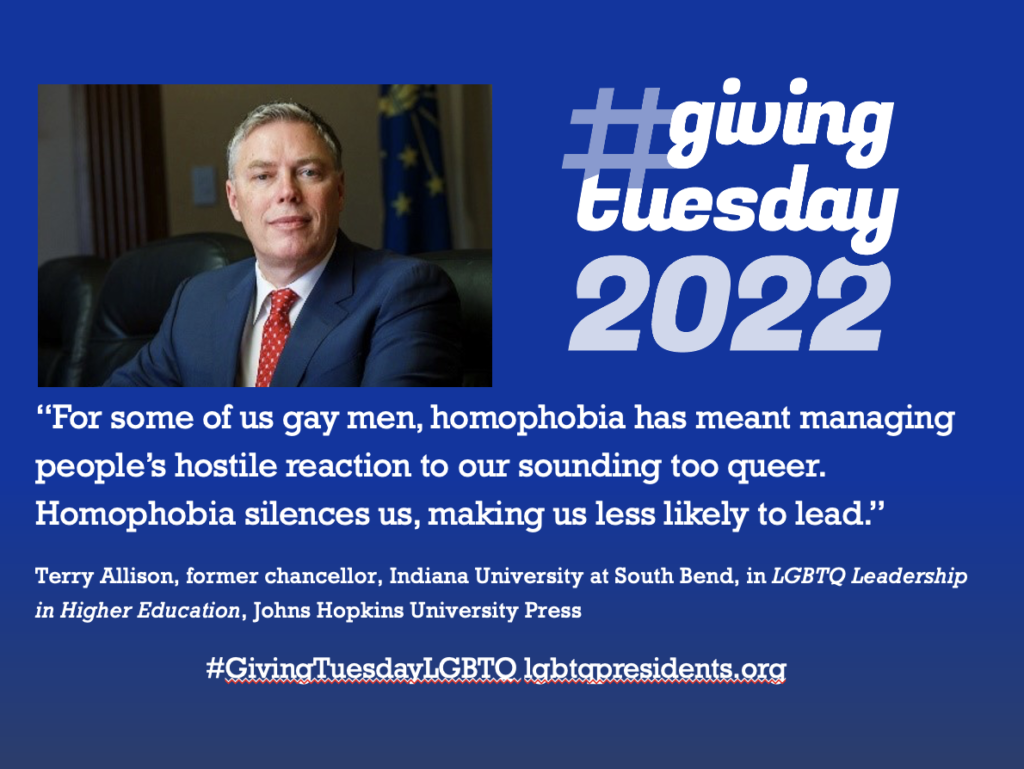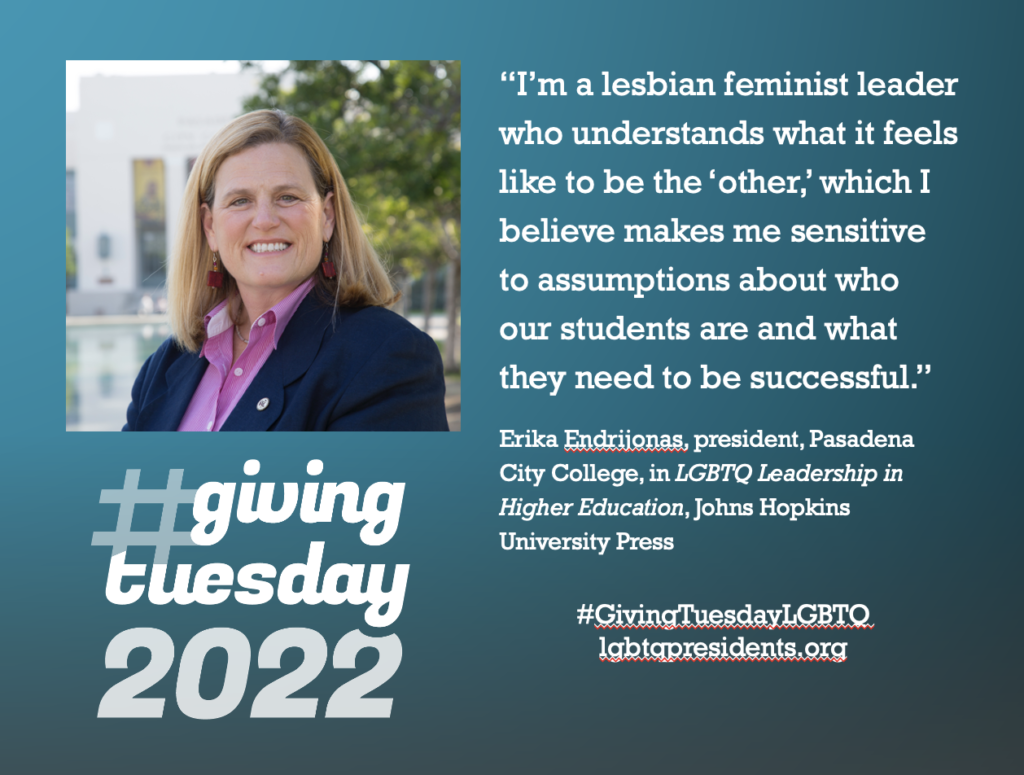LGBTQ Presidents in Higher Education recently spoke with Merrill Irving, Jr., president of Hennepin Technical College (HTC). HTC serves over 7,000 students and offers more than 45 career and technical programs on two campuses in the suburban Minneapolis cities of Brooklyn Park and Eden Prairie, Minnesota.
Terry: Before we plunge into the COVID-19 era, let’s think back a year ago. Who was HTC? What were your goals and how were you achieving them?
Merrill: HTC is Minnesota’s largest technical college and contributes significantly to the state’s workforce development efforts. Over 62% of our students are from underrepresented communities, and we are committed to making educational opportunities more accessible, helping students overcome challenges, and creating equitable outcomes. We work to promote women’s enrollment in non-traditional fields. We have a number of nationally ranked programs in technical fields. For example, according to GradReports we are ranked second nationally in information technology; third in heating, ventilation, and air conditioning; fourth in accounting; and in the top 15 for both culinary arts and automotive technology. We have highly successful programs in manufacturing engineering technology, including automation robotics and fluid power. One of our fluid power graduates was recently hired by NASA.
We are a continuous improvement and learning organization. For example, we recently completed a persistence study and found that black men over the age of 25 are the least likely to persist and most likely to have a hold placed on their enrollment. Donor-directed funds are now helping to support these men to succeed. We also continue to build our cultural competence as an organization. For example, we used the Intercultural Development Inventory (IDI) to assess our individual and organizational competence level and found that despite previous work and our own assumptions of competence, we only scored at the national average. We need to move from understanding to taking specific actions to improve our results with diverse students, to move from acceptance of cultural diversity to integrated practices to achieve a goal of meaningful inclusion. We hired the YMCA of the North to do anti-racism training with students, staff, and faculty, and the pandemic has not slowed us in our efforts.
Terry: Is there anything else you’d like us to know about HTC?
Merrill: One of our greatest outcomes is our 99% job placement rate of graduates in their field of study. Many students have a job before they complete their program. That’s great for a student population that includes 46% students of color and 25% being the first in their family to attend college. One of our programs in automotive technology, Ford ASSET, brings in students from all over the country to be part of our training program that provides students the skills to succeed in the rapidly advancing automotive industry. HTC generates over $300 million in economic impact to the state of Minnesota each year.
Given the nature of our programs, we’ve faced some real challenges this past year. Over 80% of our courses require some form of face-to-face experience. We have programs in nursing, dental assistant, manufacturing and engineering technology, and many others where students must engage in some form of laboratory or hands-on experience. Moreover, a majority of our students were unable or unwilling to pursue courses completely online during the pandemic. Approximately 25% of our graduates go on to pursue a bachelor’s degree within six years of completing their program at HTC—higher than we originally had thought.
Terry: That segues nicely into my next question. Now tell us about this past year at HTC. How have you adjusted as a campus? Are all your programs still running?
Merrill: We’ve been in the process of slowly returning to normal. First, we had to completely close the College for a couple of weeks in spring 2020. Very few of our faculty had any online experiences. Asynchronous vs. synchronous online learning wasn’t even in their mindset. We had to consider how we could schedule to protect our students’ learning as well as everyone’s safety. We made huge efforts at the beginning of the crisis in implementing effective instructional design, and this took a tremendous amount of resources.
As president of HTC my biggest leadership challenge is fear. Am I going to lose all my students—and then my job? Am I going to catch COVID-19 at work? How do we keep our students learning through a culture of fear? Planning was also a major challenge. How could we look beyond even a week when everything was changing so rapidly? Luckily, we were able to use CARES Act funds immediately to support our enrollment initiatives. Our enrollment was up 25% in summer 2020, but down 10% that fall, and down 13% this spring 2021 semester when no further funds were available. Still, we have met our budgetary goals. Our new normal for the immediate future is a lower level of enrollment.
Finally, we can’t ignore the losses of COVID-19. Three of my family members have died. My leadership team has to work hard to keep up people’s sense of hope—to help manage their losses. Part of that loss is working from home and therefore the lack of social interaction. We are staying focused on our strategic goals and celebrating when we can. This spring we will have a beautiful virtual graduation with a storytelling video about our students. But everything won’t return to the pre-COVID-19 era. Our transfer and general education courses will largely remain online, and we will continue to adapt in-person courses as needed.
Terry: After the killing of George Floyd, Minneapolis has been at the center of a movement to end racial discrimination and to reimagine policing. How has HTC been part of these activities?
Merrill: It was beyond real. Freeways shut down. Buses shut down. Students were marching. And this upcoming spring and summer, we face another challenge with the trials. One thing we did is partner with Wallace State Community College in Alabama. They shared art projects on George Floyd and one of their students wrote a song for us—a beautiful song. You know, I’m a college president, but first and foremost in this society, I’m a black man who has to deal with all that that means.
Then, there’s something many people don’t know. 30% of state police officers come out of our program. Three of four officers charged in the George Floyd killing are our graduates. We don’t teach the techniques they used, but as our graduates have told us, different police departments have different cultures. The work culture is very different as is the ongoing tactical training depending on the location within Minnesota. Our state has a higher standard for peace officers than most, requiring a degree, but HTC must look at what else we can do to improve policing.
Terry: I had no idea you played such a significant role in training police officers in Minnesota. After the killing of Mr. Floyd, has HTC changed anything about your officer training program?
Merrill: We immediately worked on diversifying the groups who advise us on our program. For example, a black police officers association now is represented. We are also working with Minnesota State University, Mankato to create a new degree program related to cultural competency. Our police training program is integrating more empathy training. As you probably know, there’s often great suspicion of police among black people and other underrepresented groups. There is cultural suspicion of the profession. We are trying to focus on barriers to equal representation in the police force. They are more social and cultural barriers than educational ones.
On a personal level, I have stepped up my activity to help change our culture. I have chaired a law enforcement advisory commission for Minnesota State Colleges and Universities. I just participated in a Mossier’s Proud to Work summit on anti-racism. That’s just one of my many commitments to address racism and to promote full equality and inclusion of LGBTQ communities.
Terry: What leadership lessons helped you to serve as president of HTC during these tumultuous times?
Merrill: Coming into this crisis, I had already learned to lead comfortably being me—a young, openly gay, black man. During my career so far, I have found a push for leaders in higher education to conform, and that’s not me. I think my unconventionality helped me as well as my core values of trust, honesty, and integrity.
Terry: What further leadership lessons have you learned or shared during this past year?
Merrill: One thing that I’ve learned is the power of listening … and giving some more thought before answering right away. Empowering others to act. In this Zoom world of Hollywood Squares I found that everyone was focused on me—looking at me for all the answers. I focused on how to leverage and empower other leaders. I learned that everything doesn’t require a reaction. Before I might have said, “I’ll look into that and get back to you.” Now, I’ve gotten to the point where he can say, “I don’t know.” As a leader it’s important to learn when you don’t have control and when you can’t predict what’s next. That offers a sense of freedom.
